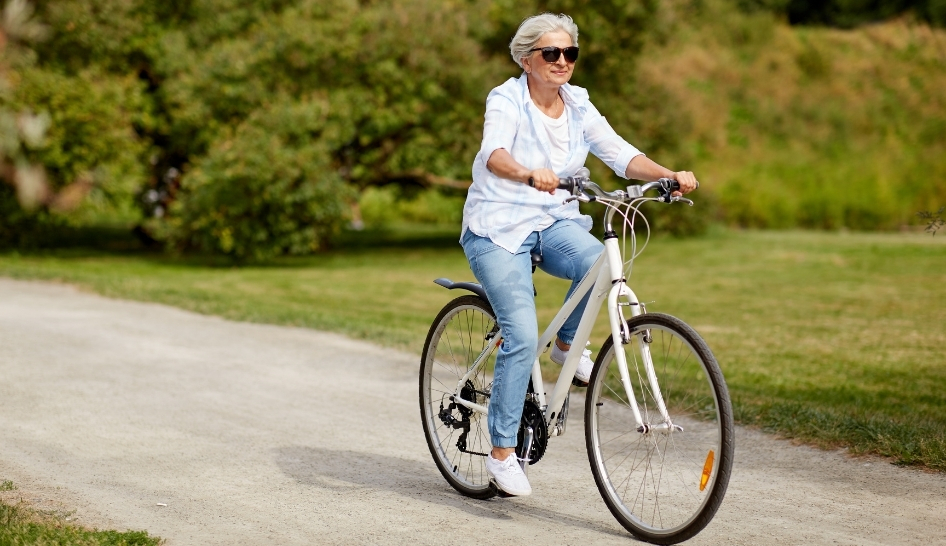On November 26, 2020, the World Health Organization (WHO) launched a webinar to announce their much anticipated 2020 Guidelines on Physical Activity and Sedentary Behavior. These guidelines replace the 2010 Global Recommendations on Physical Activity for Health, confirming and building on the scientific evidence presented in the earlier guidelines.
Key Messages for the New Guidelines
1. Physical activity improves health, helping to prevent and manage cardiovascular disease, type 2 diabetes, and cancer, reducing depression and anxiety symptoms, and improving thinking, learning, and well-being. In children, physical activity improves physical fitness, cardiovascular health, bone health, cognitive health, mental health, and reduced adiposity.
2. Any amount of physical activity is better than none, and more is better. Physical activity no longer needs to occur in bouts of 10 minutes or more to count—any movement, anywhere is beneficial, even if it does not reach the recommended levels.
3. All types of physical activity count and are beneficial, including leisure-time exercise and sport as well as transportation (like walking, wheeling, or biking) and light household activities (like gardening).
4. Muscle-strengthening exercises—like bodyweight calisthenics or resistance training—are good for everyone and recommended for all groups, including those over 65.
5 . Sedentary time exerts negative effects on health, and people should strive to reduce sedentary time and replace sedentary time with physical activity.
6. Physical activity is for everyone and should be accessible for people of all ages and abilities. These guidelines specifically highlight the importance of including people with disabilities and chronic disease and pregnant and postpartum women.


